The foundation dug and structural steel on-site, building was all set to begin on San Francisco’s Hotel Stewart in…April 1906. The earthquake and fires on April 18th destroyed the construction site, but the Hotel Stewart was in a better position than most, and they quickly commenced rebuilding using the same plans, designed by architects Cunningham & Politeo. Completed in 1907, San Francisco was growing so fast that the hotel expanded three times in its first 15 years of existence—it was another time, back when the Bay Area actually built more (housing, hotels, whatever) as it grew.
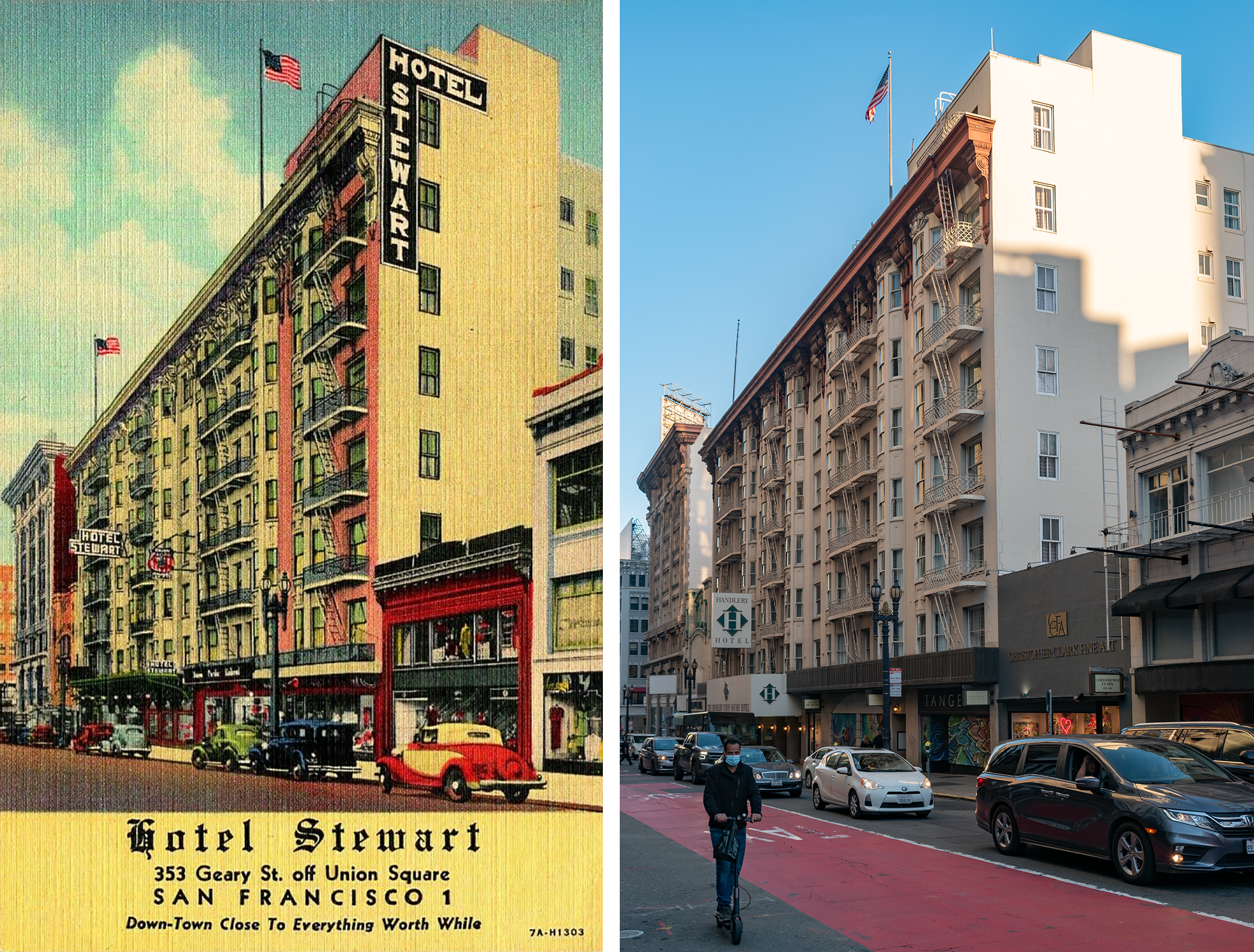
So, what's changed? A shocking amount of nothing—it's wild to me that all five buildings on this side of Geary are the same as they were in 1937. Even the lampposts and flagpoles are still there, what the hell.
- Geary was either a two-way street or ran the other direction in 1939.
- We got that half-assed bus lane—baby-steps I guess, let's do more.
- Some light changes around the signage, canopies, and fenestration–mostly on the buildings around the Stewart—but they're truly minimal in consideration of the 80+ years that have passed.

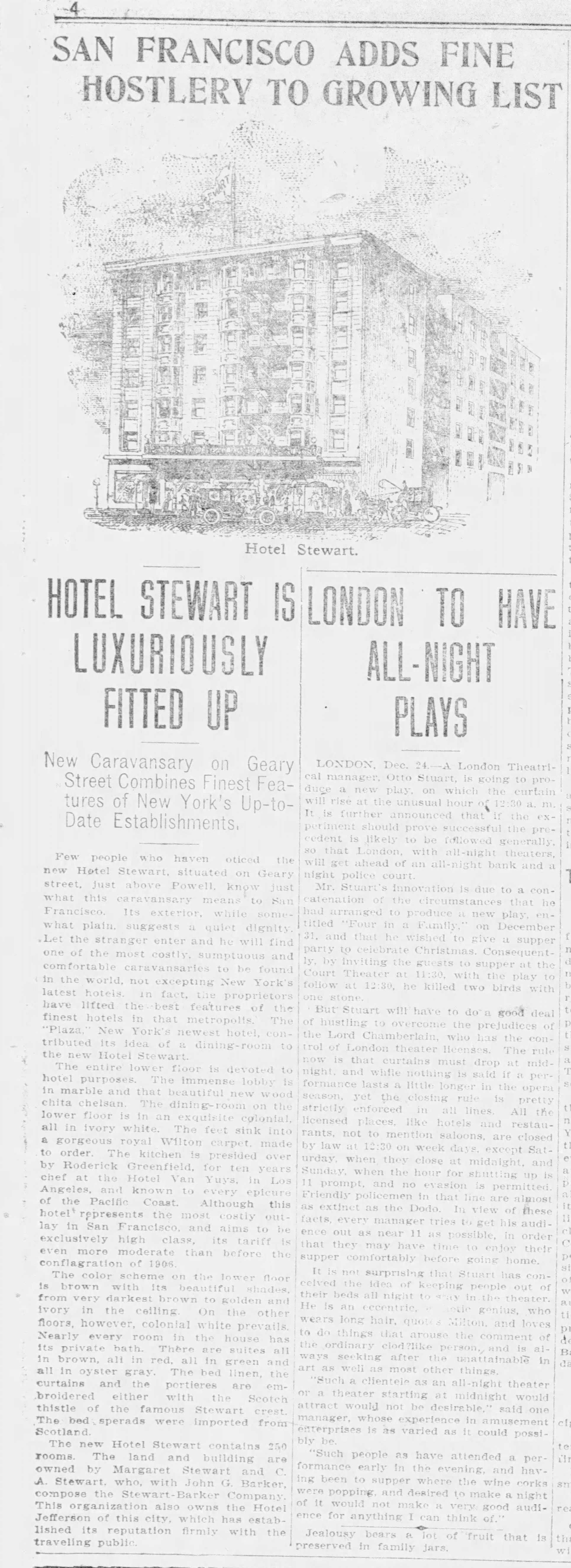
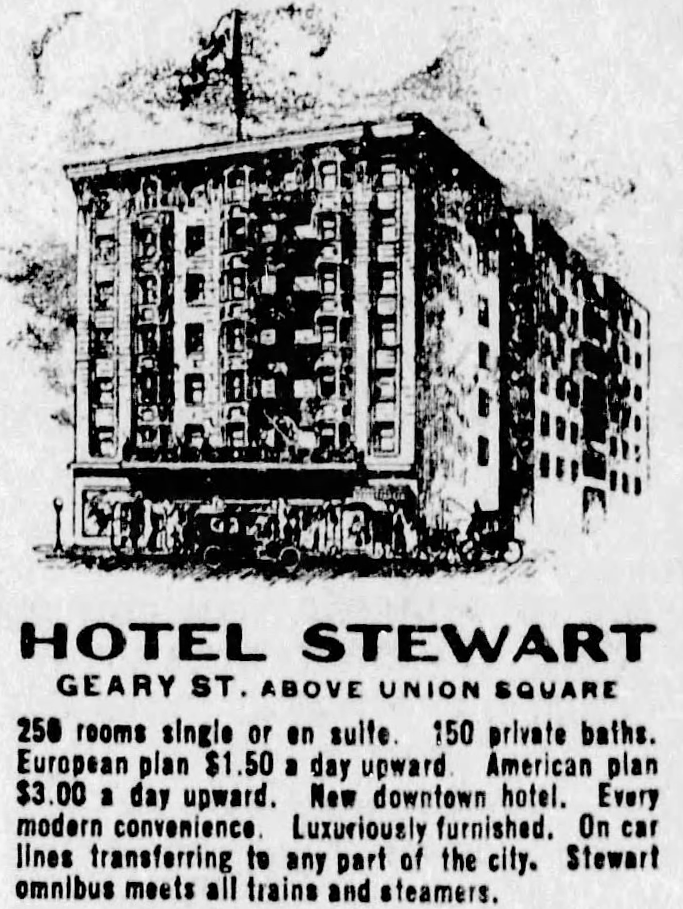
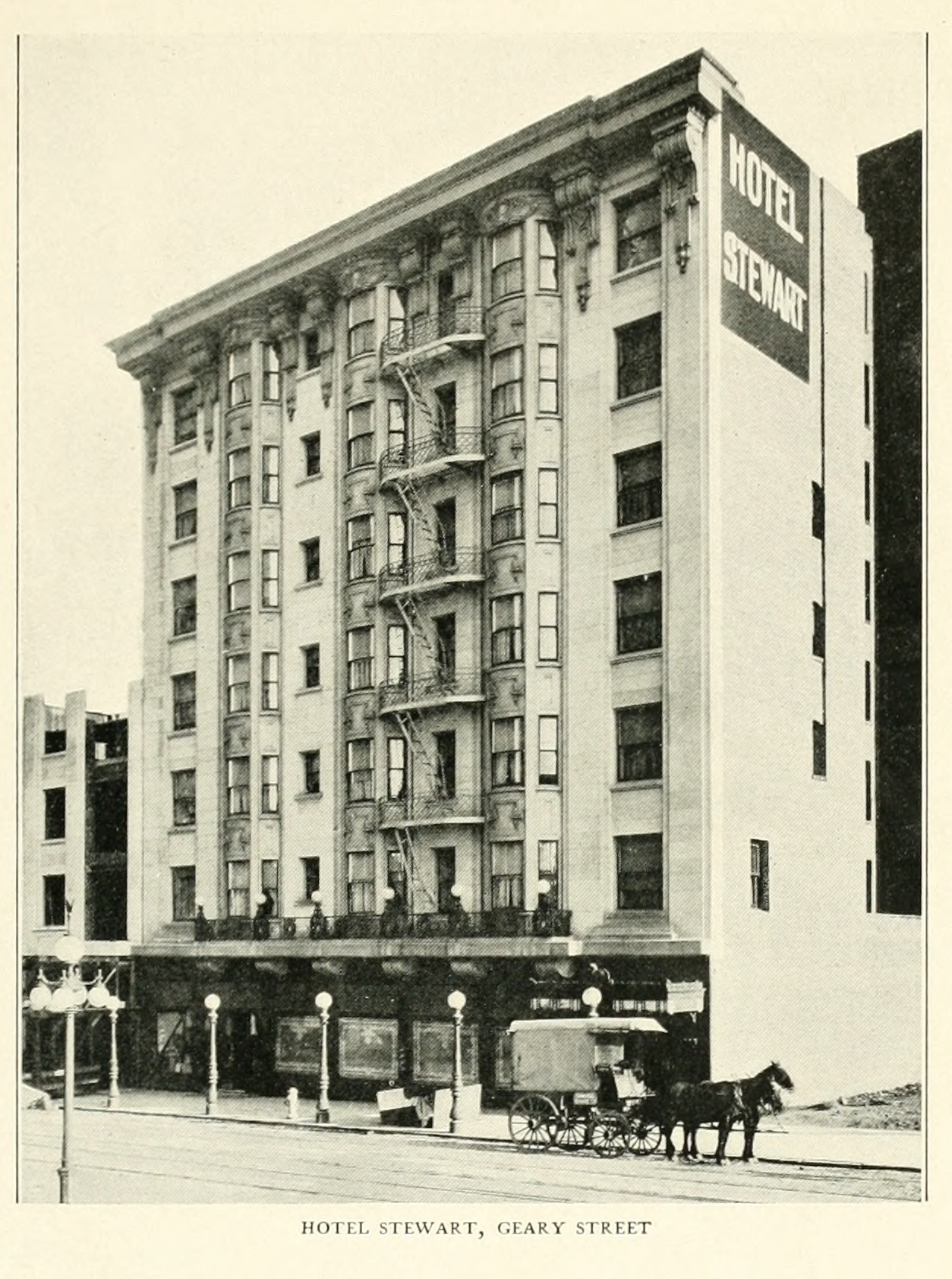
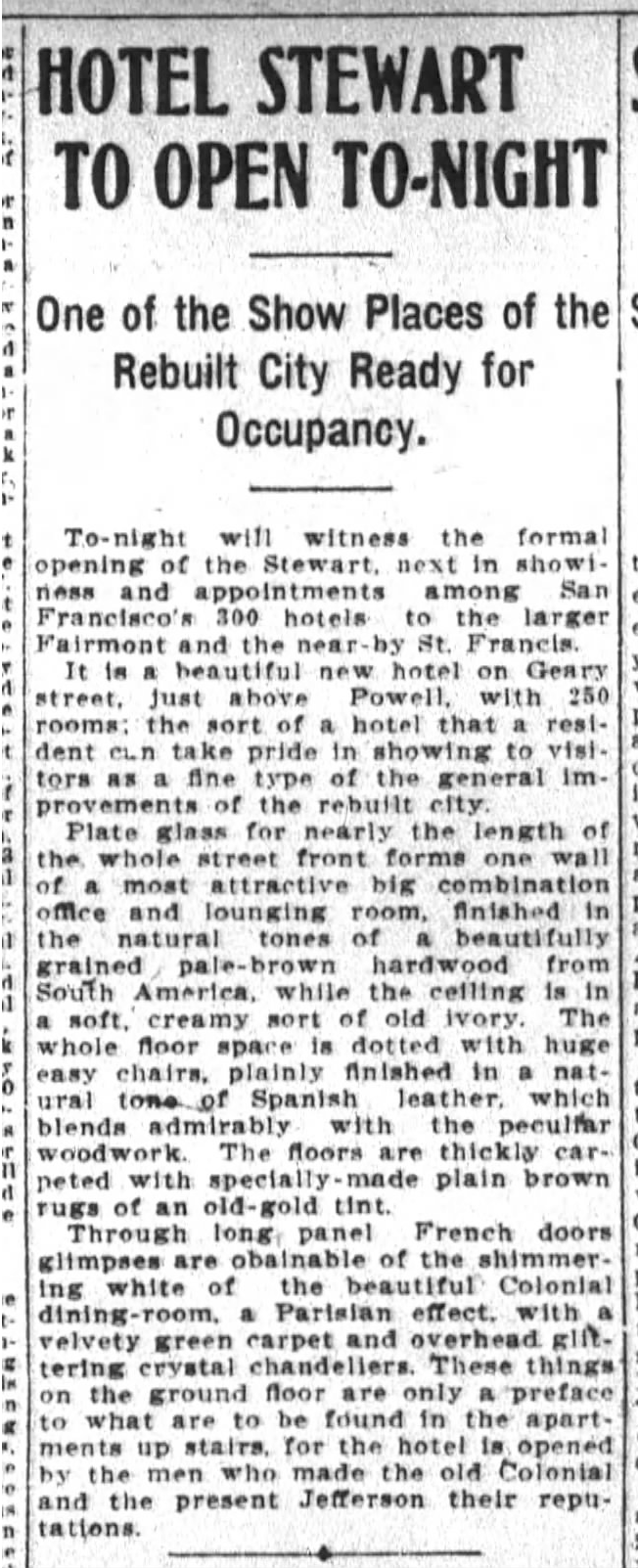
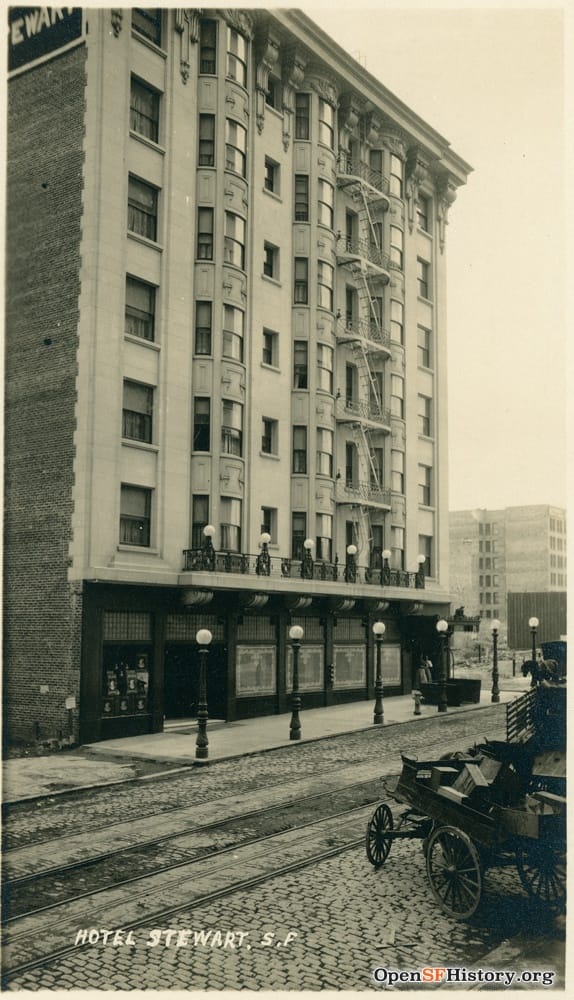
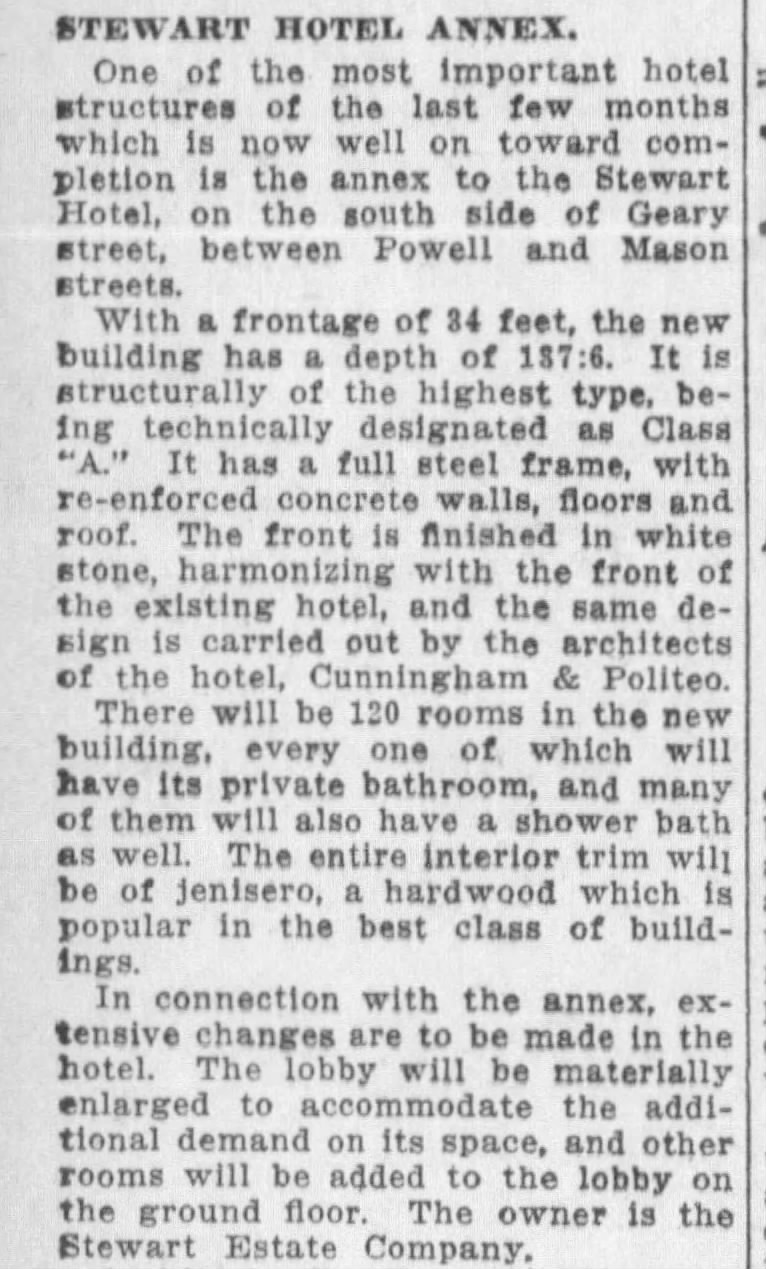

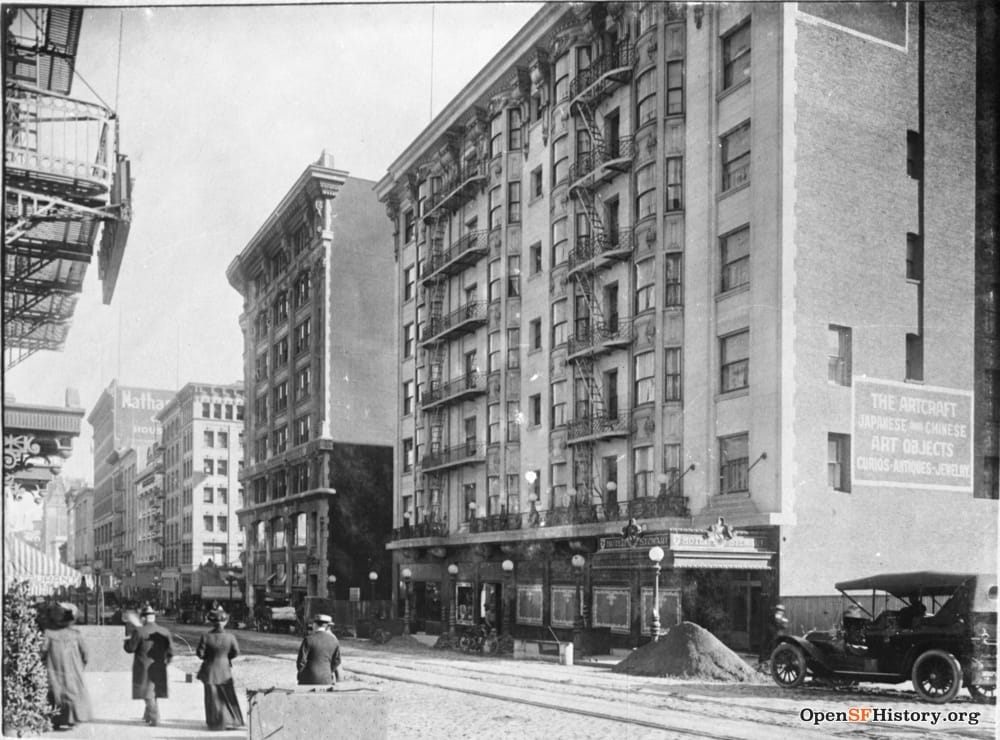
1906 building permit | 1907 article about the new hotel | 1908 ad | 1909, in The city that is; the story of the rebuilding of San Francisco in three years by Rufus Steele, the Internet Archive | 1907 article on the opening | 1910, OpenSFHistory / wnp70.1242 | 1913 and 1914 articles on the annex | late 1910s photo, OpenSFHistory / wnp33.03242
The architects, Cunningham & Politeo, were part of the handful of firms who really cashed in on the rebuilding of San Francisco. They designed a bit of everything in the post-quake boom: theaters, residential, commercial, hotels. If you had to pick a trademark, they were known for rich, almost Art Nouveau ornament…which, not really seen here, this is utilitarian as hell (even a little ugly, tbh).
The Stewart was an upper mid-market hotel, a step down from the opulence of hotels like the Fairmont, but still pretty classy. While it looks like they catered mostly to a traveling clientele, the Stewart did offer permanent rooms as well–part of the 65,000 residential hotel rooms that San Francisco once had, which has now dropped below 20,000.
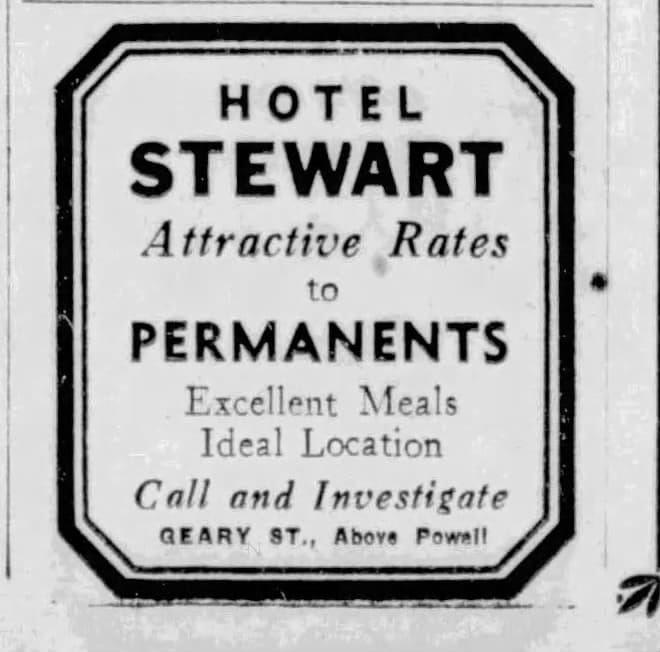
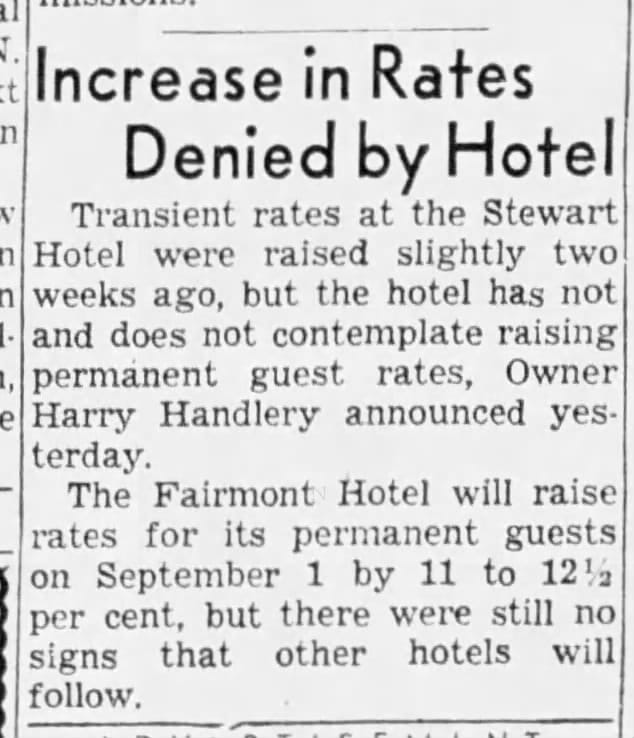
1932 ad about permanents | 1950, Handlery denies they're raising rates on permanent residents
In its early years, the Hotel Stewart was popular with San Francisco’s Hawaiian community, both local and visiting. Prince David Kawānanakoa died in the Hotel Stewart in June, 1908, after developing pneumonia while on vacation. Prince David had been third in line to the throne when the white colonial plantation class who had emigrated to the independent country of Hawaii overthrew Queen Liliʻuokalani in 1893, and he was arrested after the failed royalist counter-revolution in 1895. The business, missionary, and plantation elite had their coup “legitimized” when the US annexed the islands in 1898.
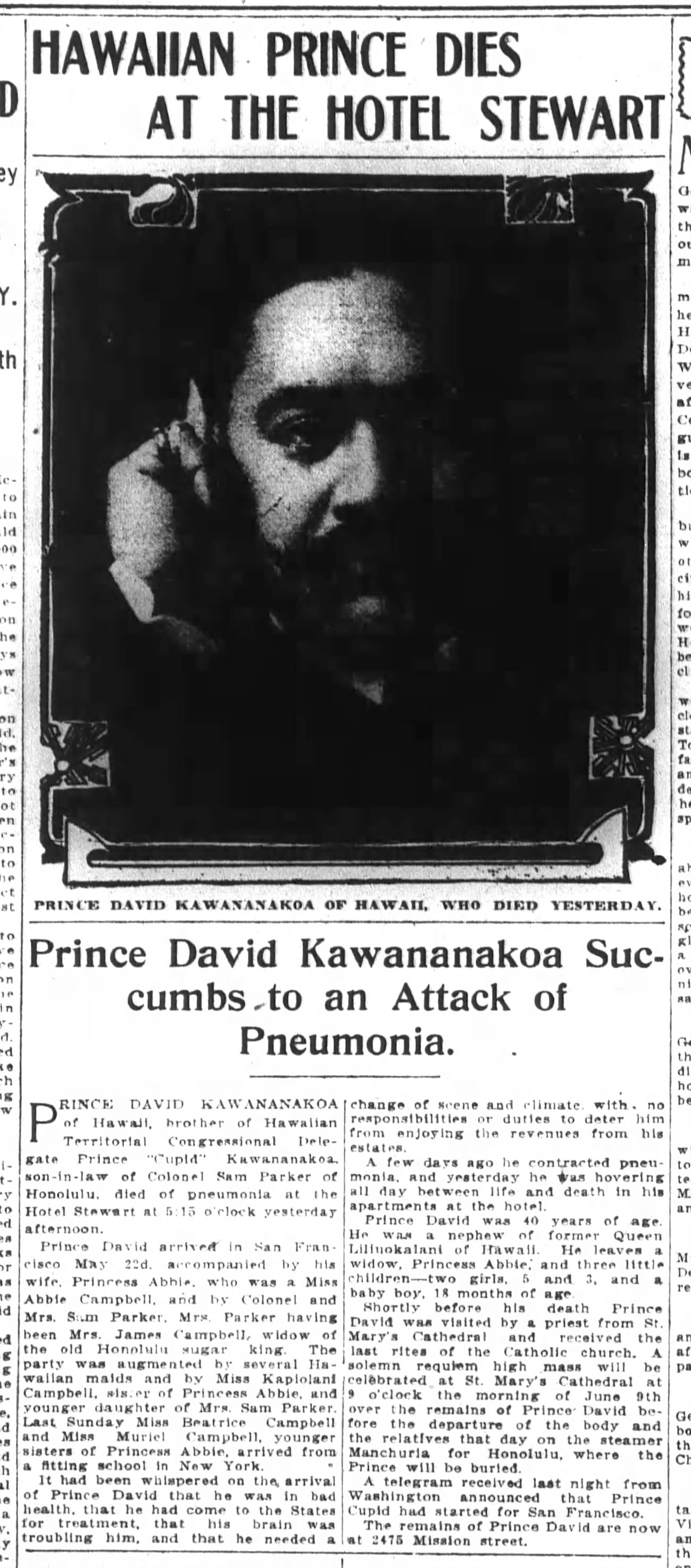

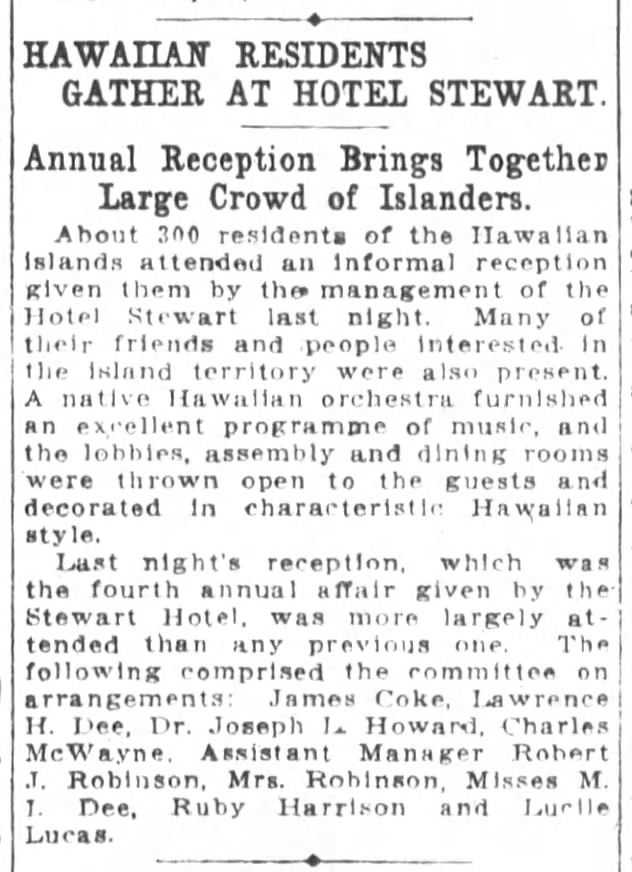
1908 articles on the death of Prince David and a 1912 article about a Hawaiian gathering
The hotel was bought by the Handlery family in 1948, one of the family’s first hotels in what would become a little California hotel empire (including the nearby Crane Hotel on Powell Street that they've kept empty for more than 35 years). In the 1960s, the Handlerys opened one of the city’s first boutique hotels, the Handlery Motor Inn, on O’Farrell Street abutting the Hotel Stewart in the back. In the late 1980s they finished the job, connecting the two and rechristening the combined hotel the Handlery Union Square.
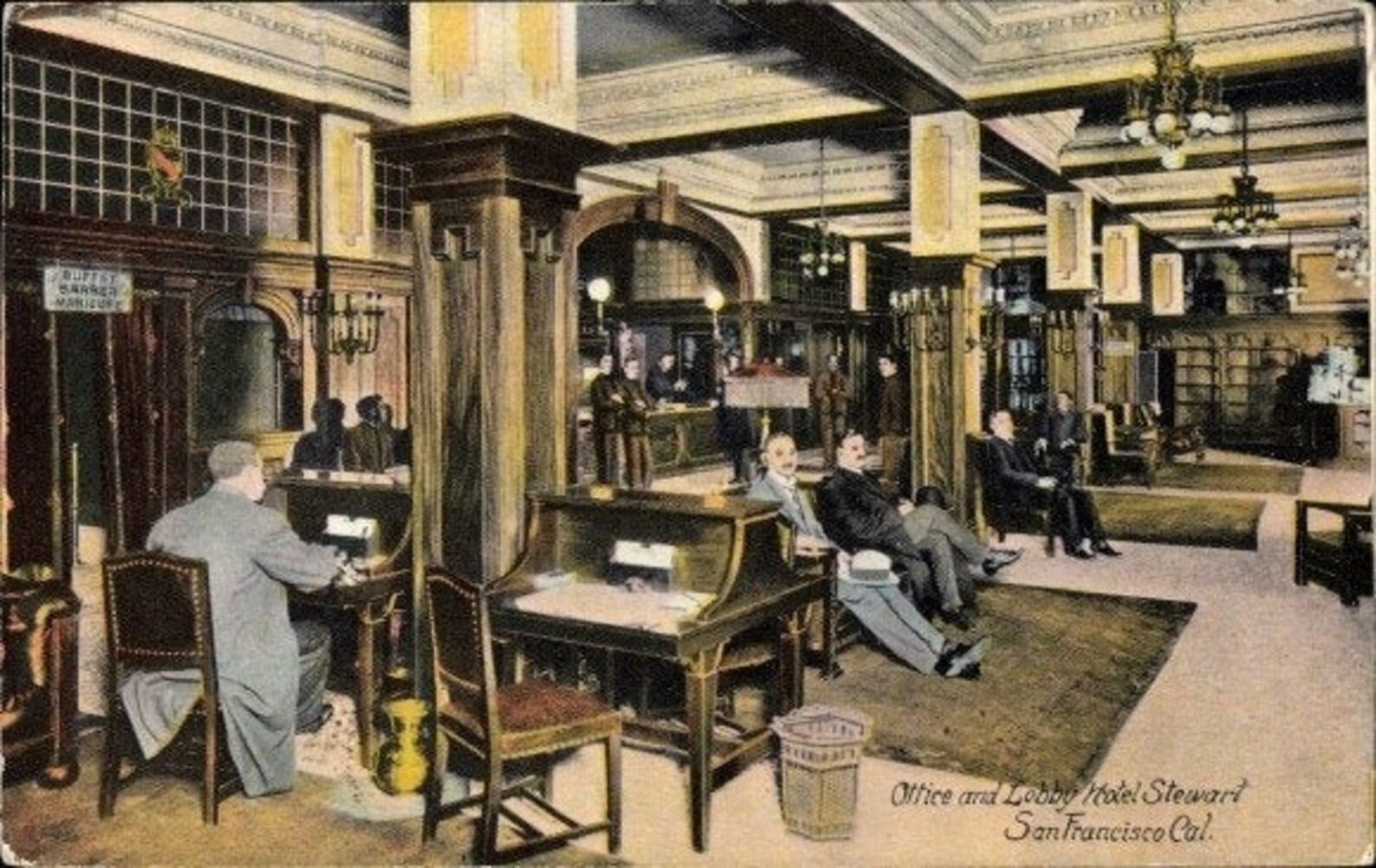
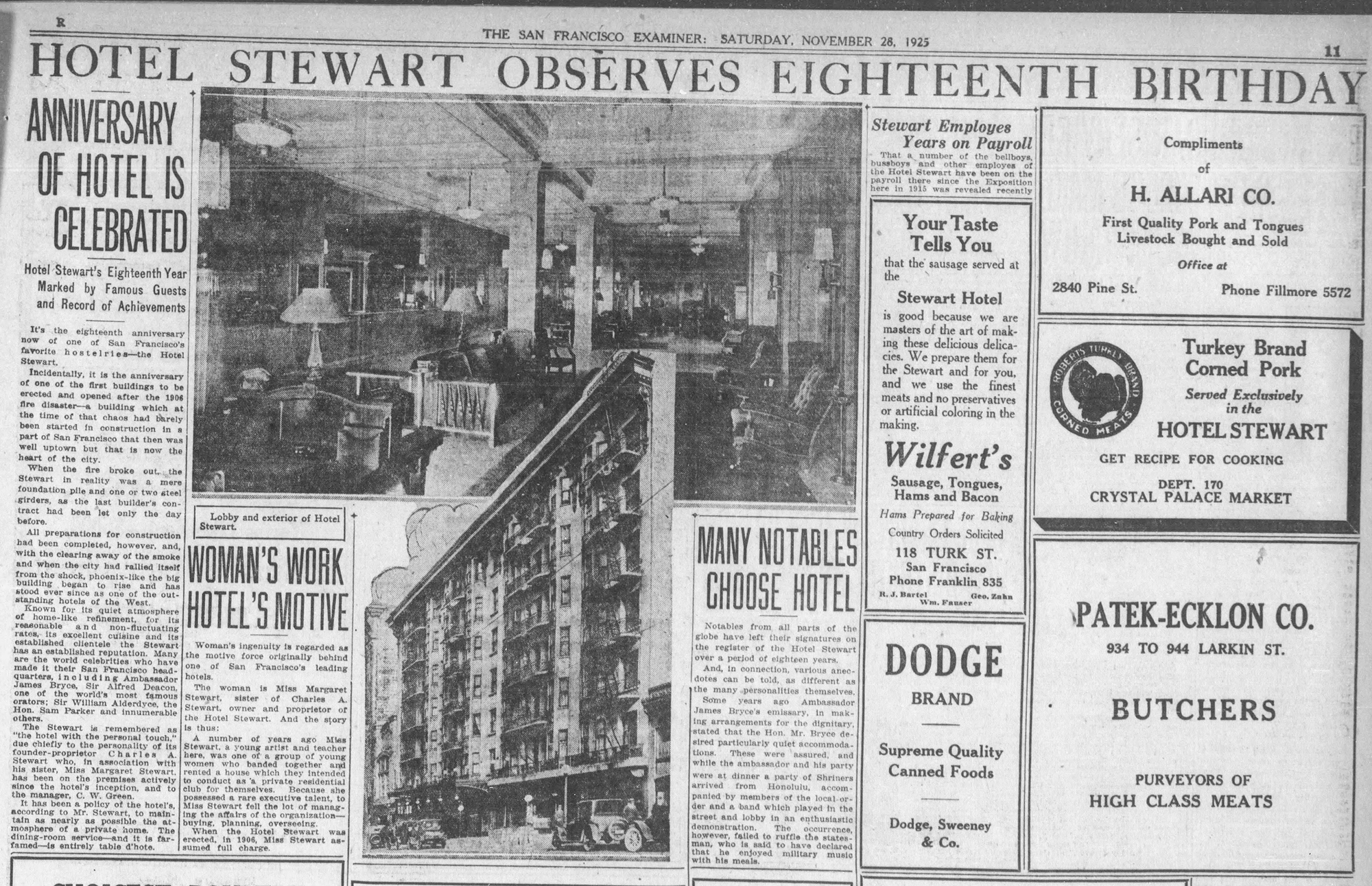
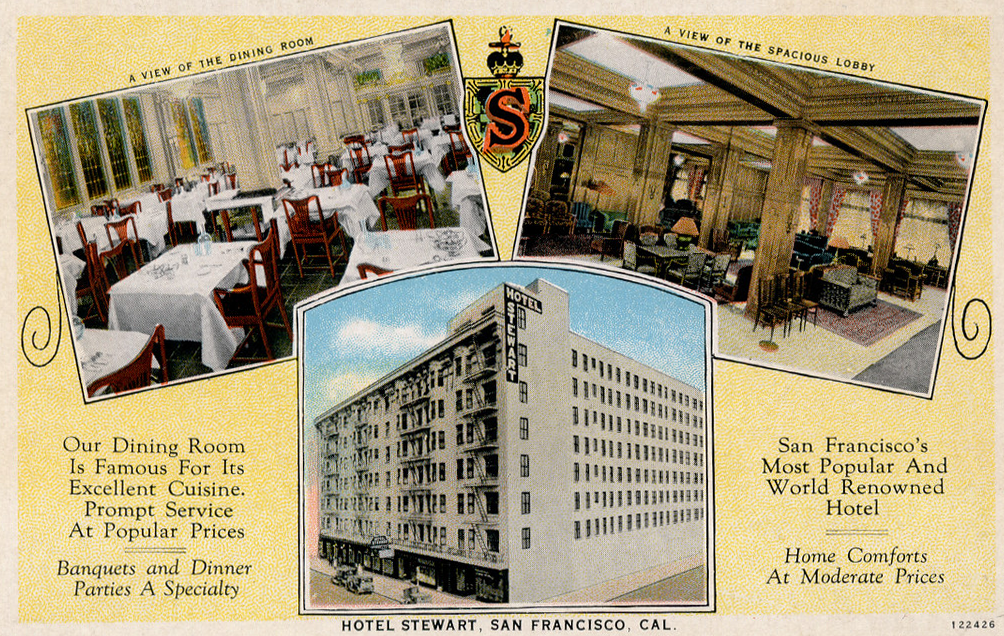
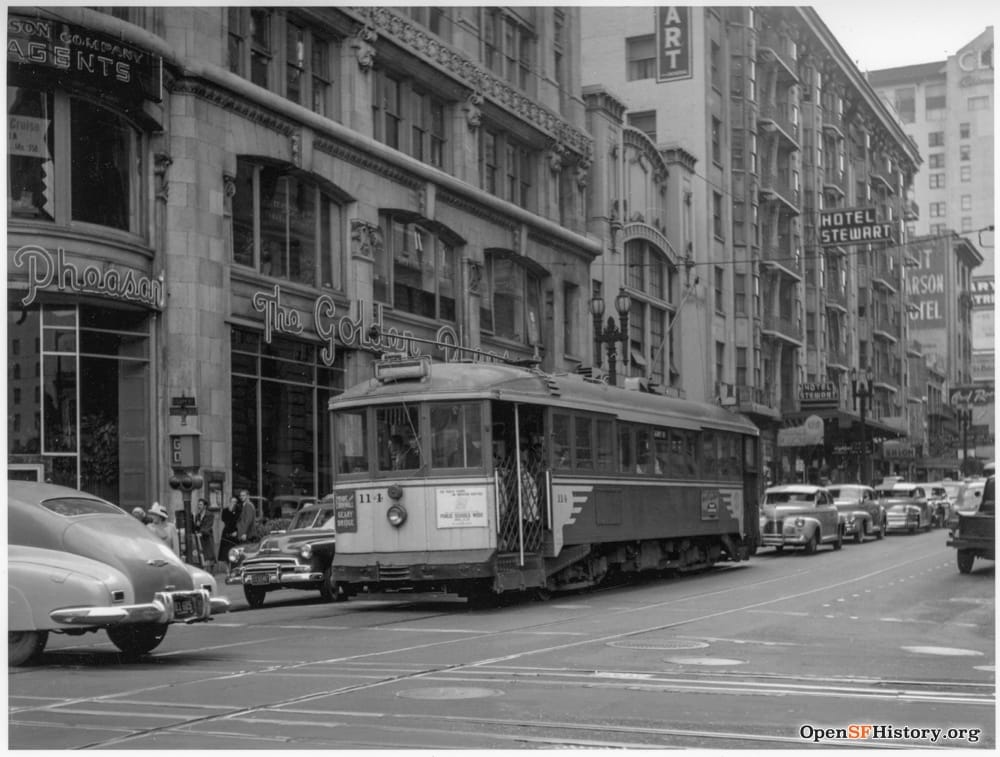
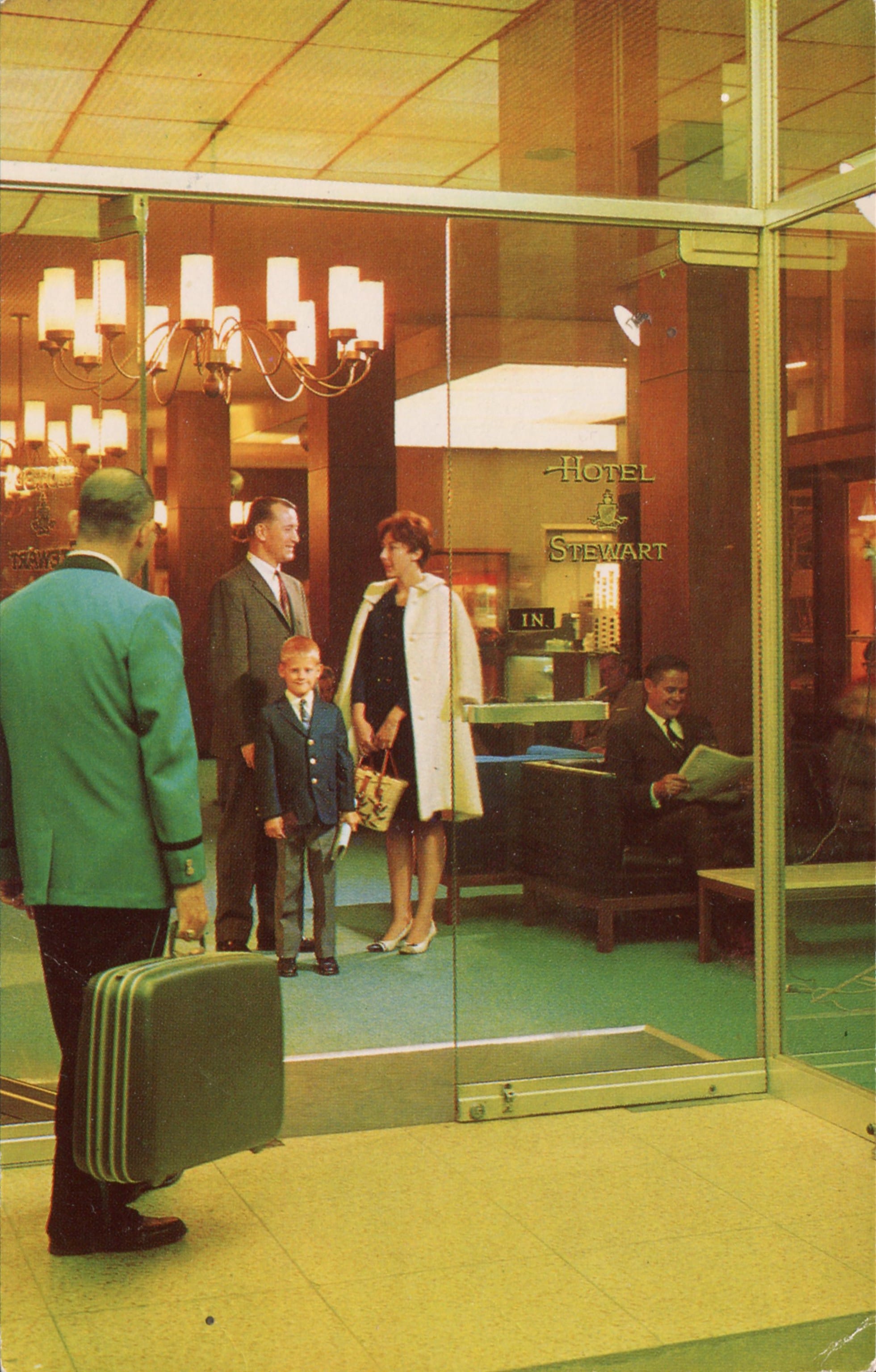
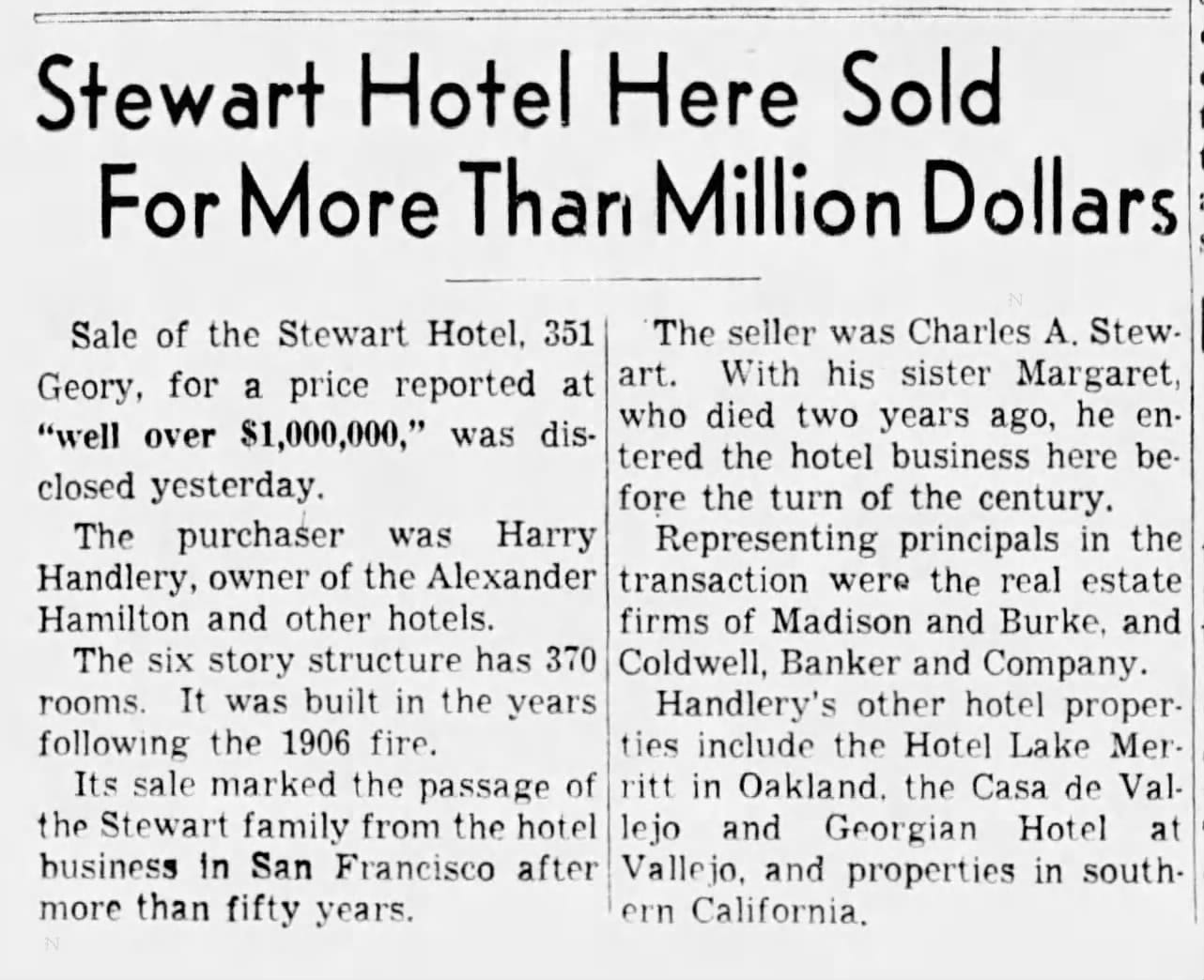
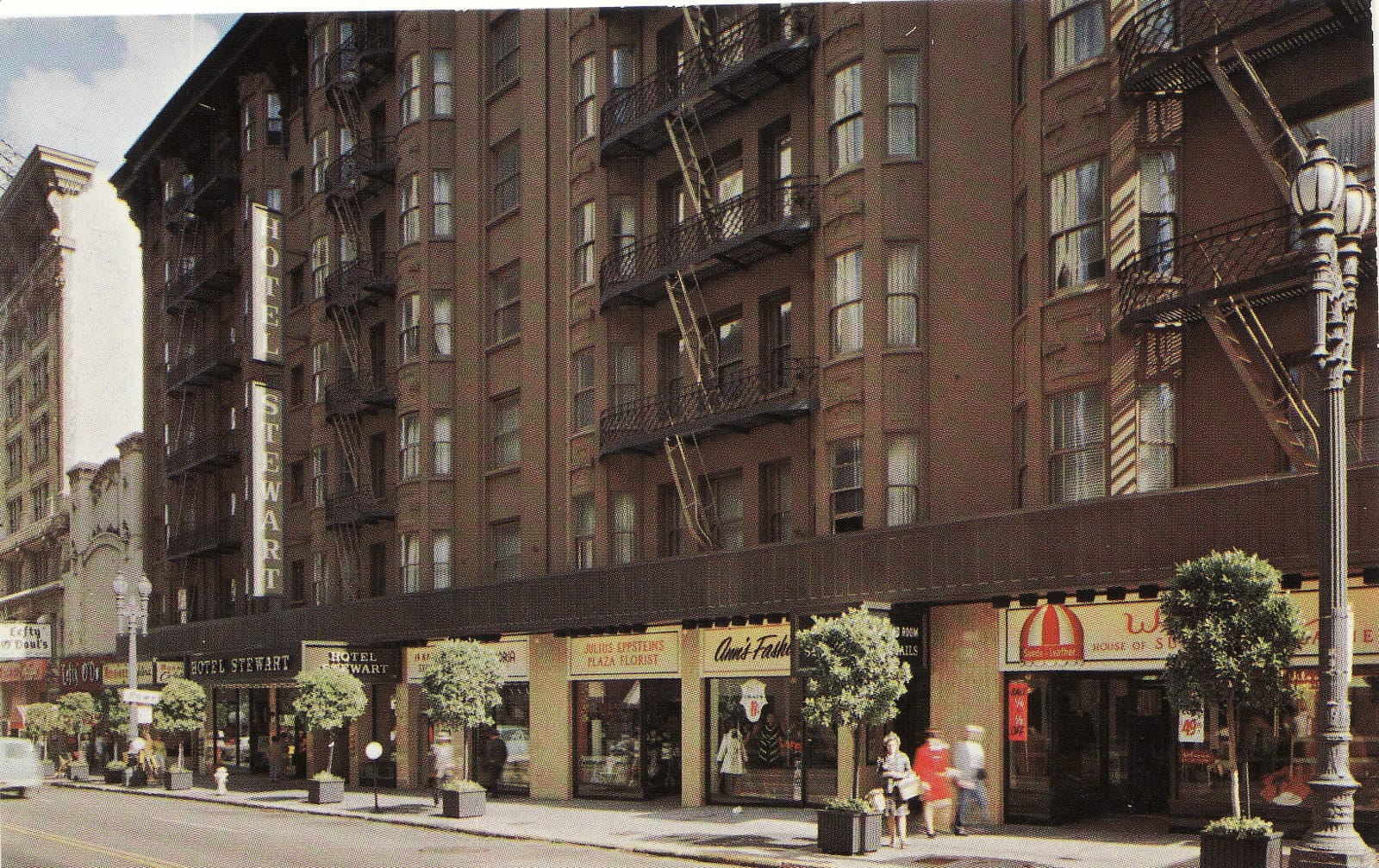
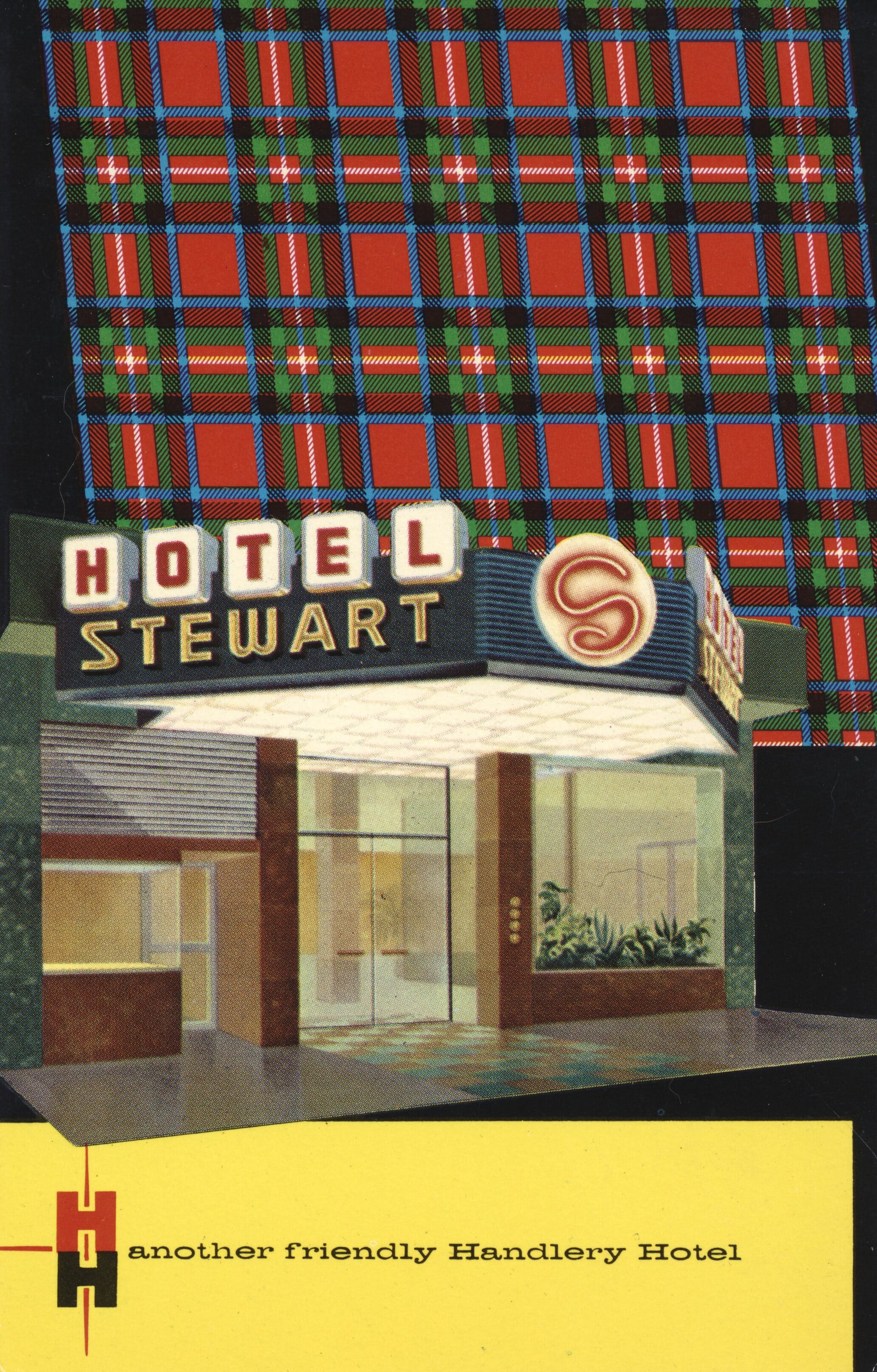
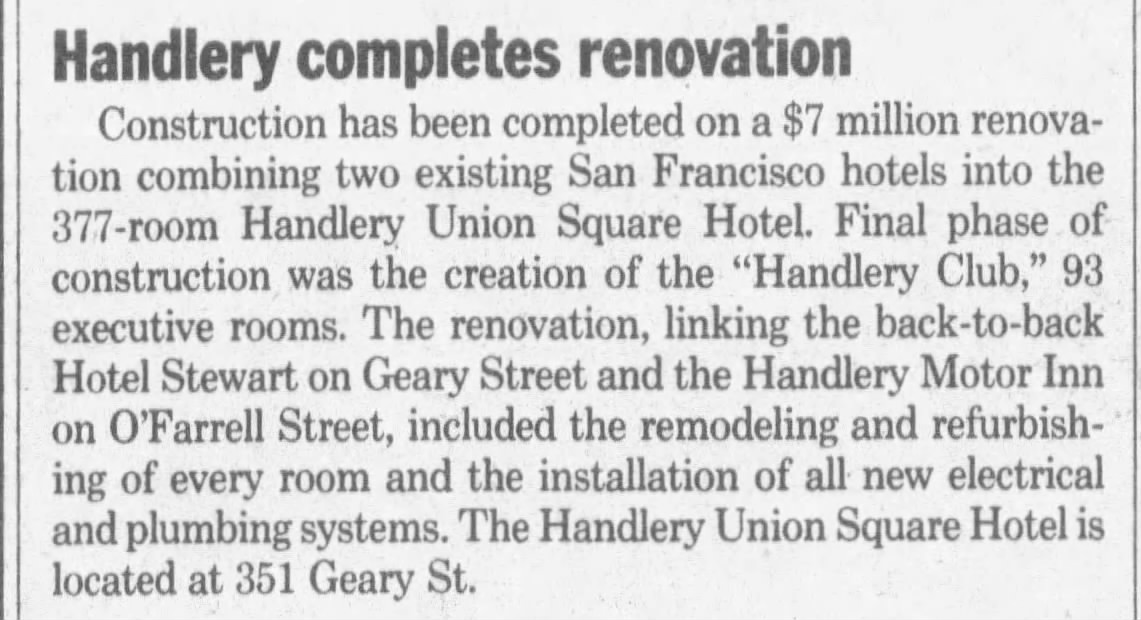
Interior postcard | 18th birthday article, 1925 | 1920s postcard | 1951, OpenSFHistory / wnp27.50368 | lobby photo | 1948, hotel sold to Handlery | undated postcard | undated postcard | 1988, Handlery combines the hotels
Production Files
Further reading:
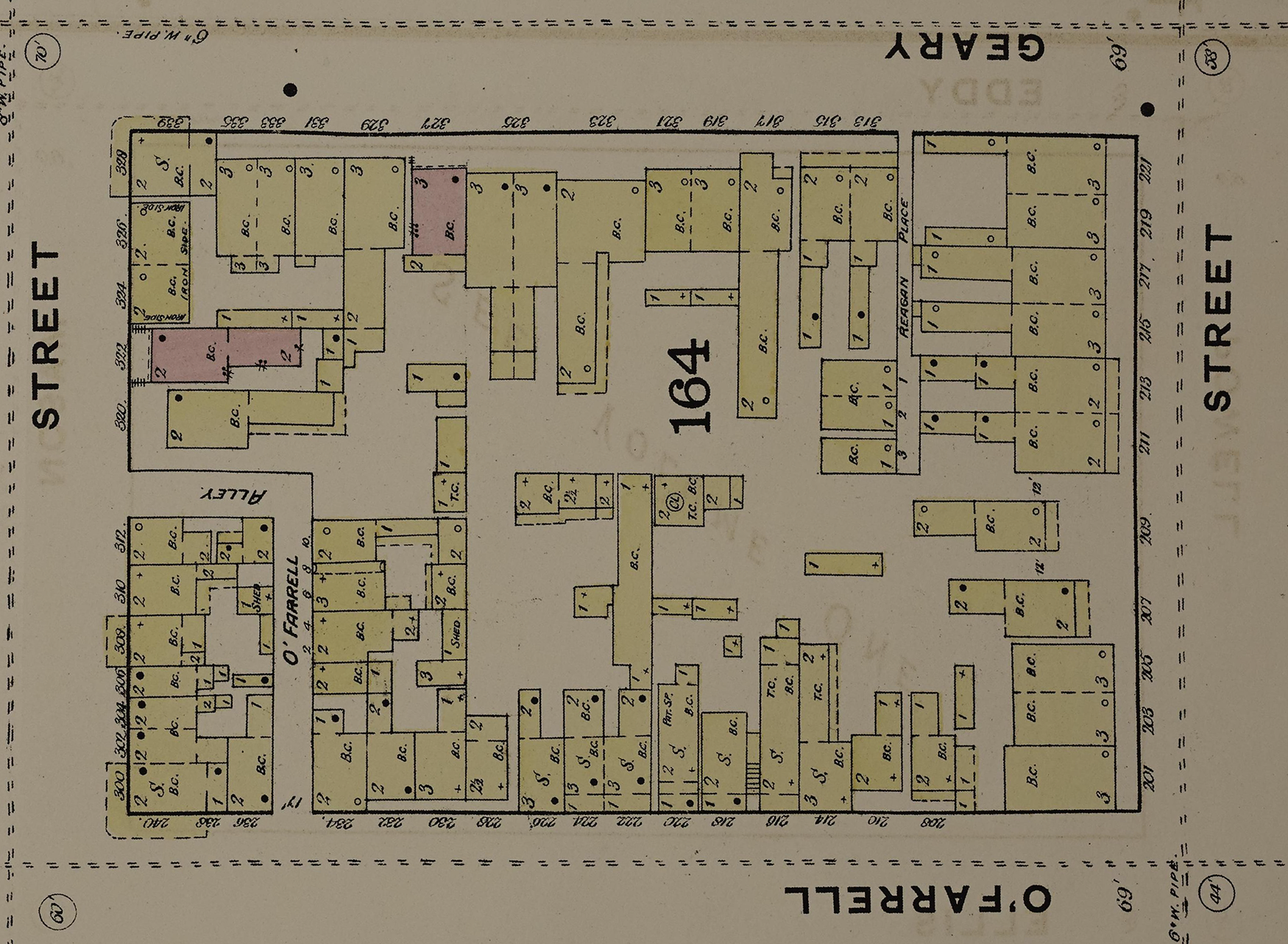
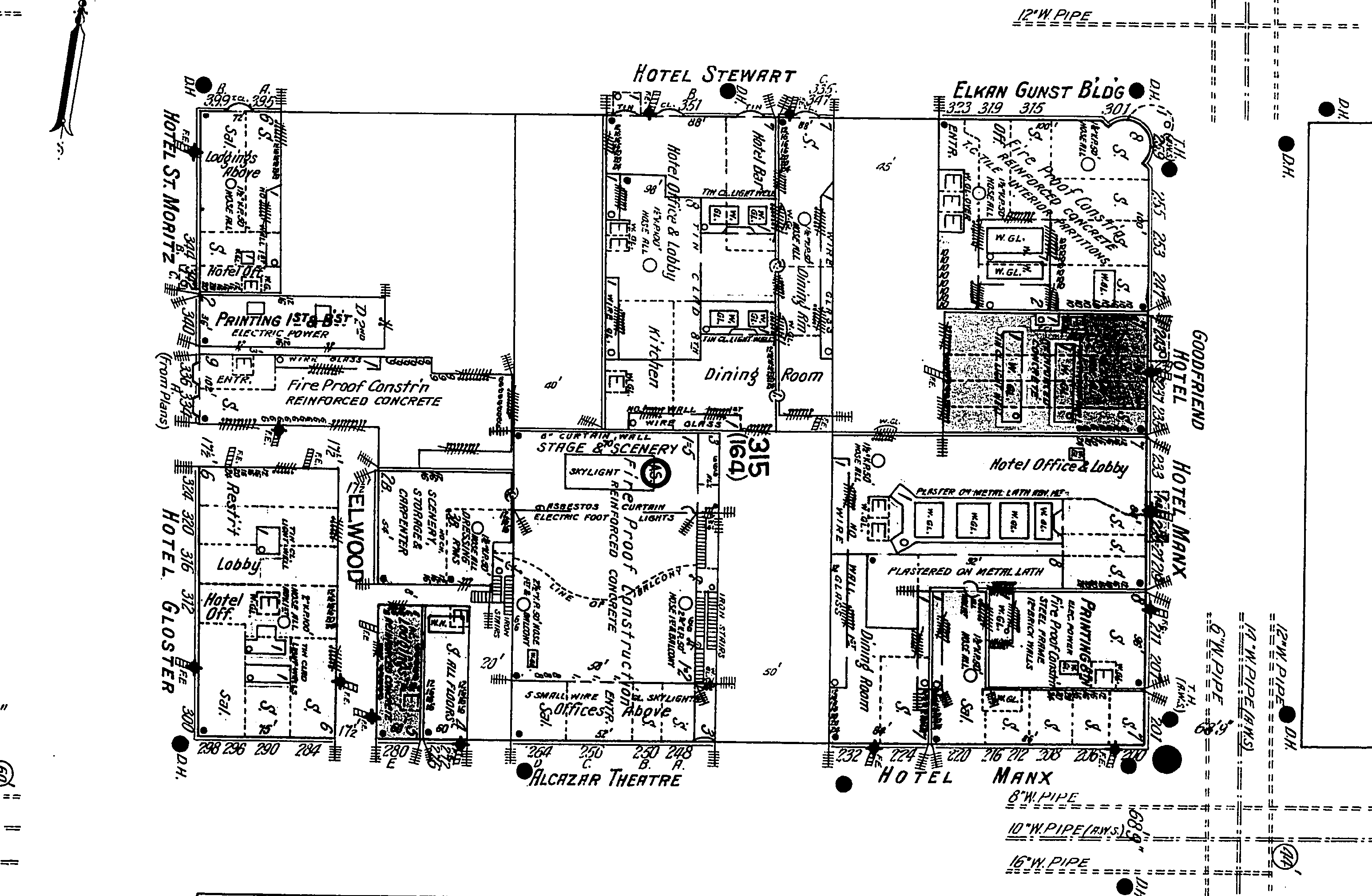
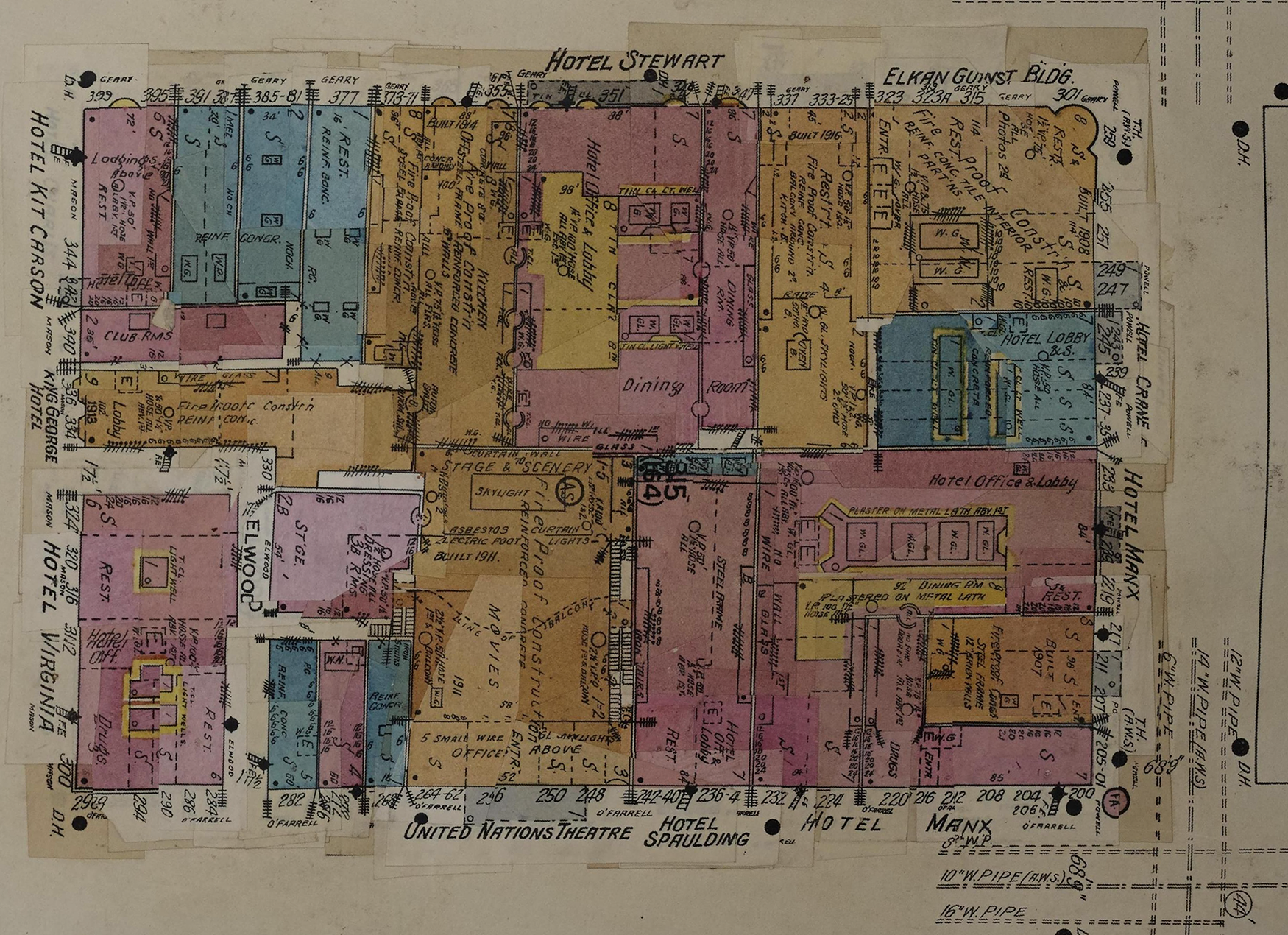
1886 Sanborn fire insurance map | 1913 Sanborn fire insurance map | 1950 Sanborn fire insurance map
The hotel that eventually connected to the back of the Stewart to create the Handlery Union Square, the Handlery Motor Inn, was built on the site of the Alcazar Theater (the II—the third still exists). Demolished after a short preservation fight, a hotel is way better than a parking lot.
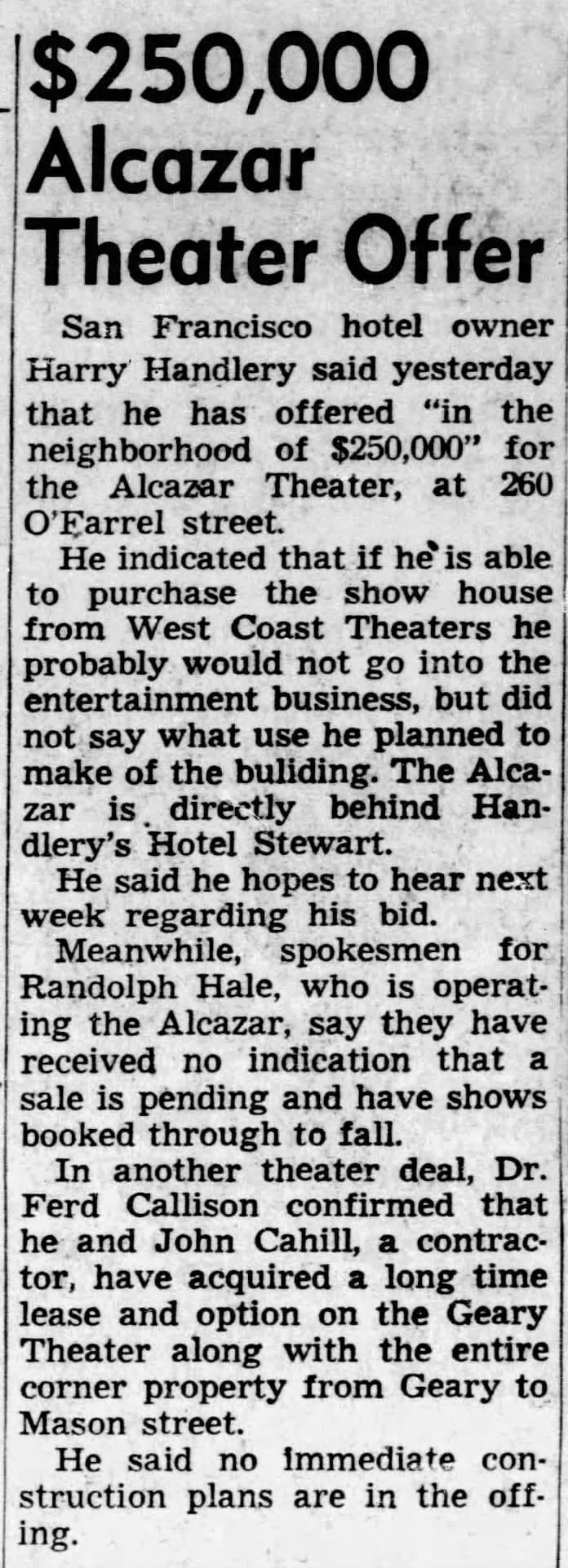
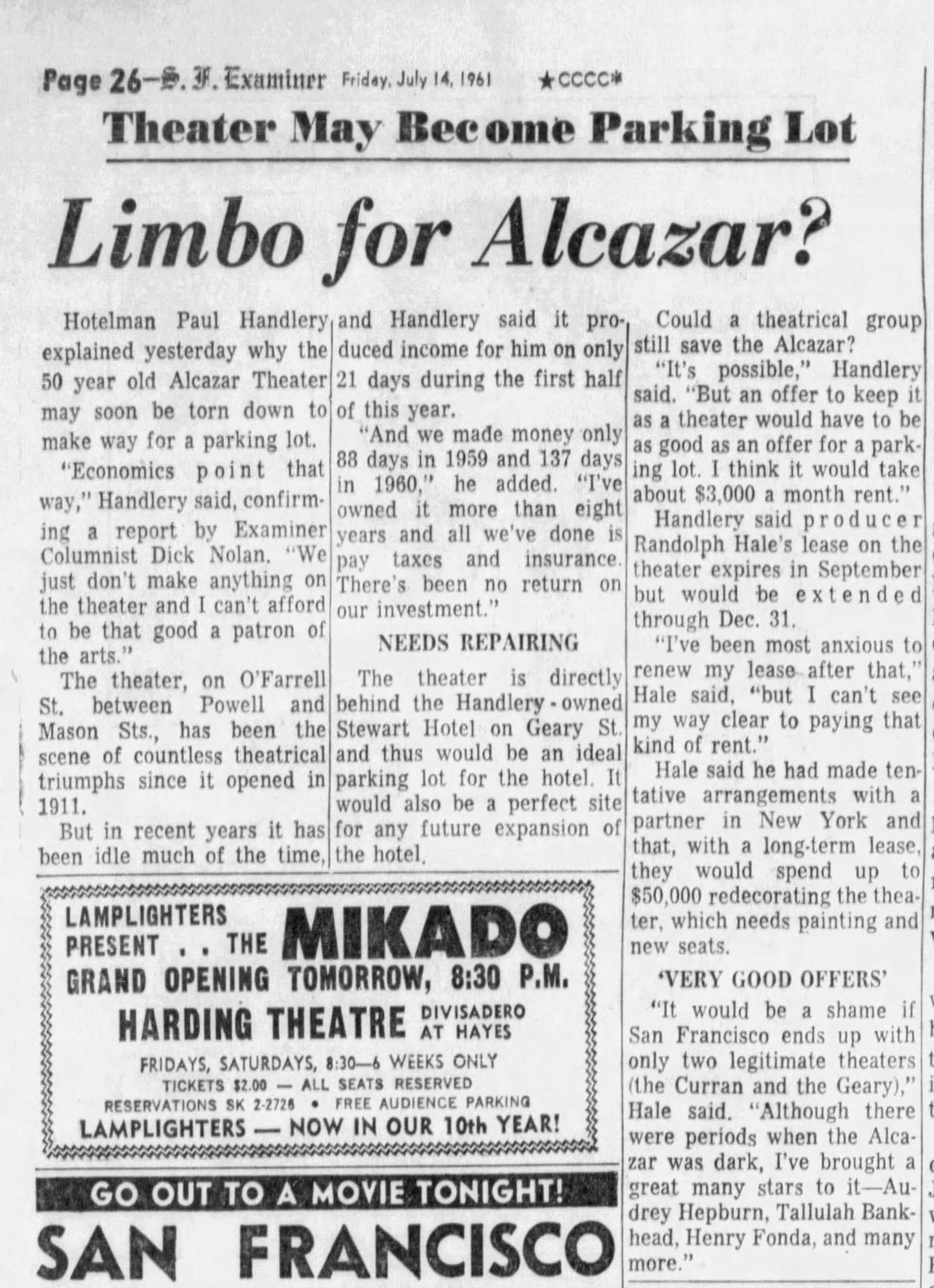
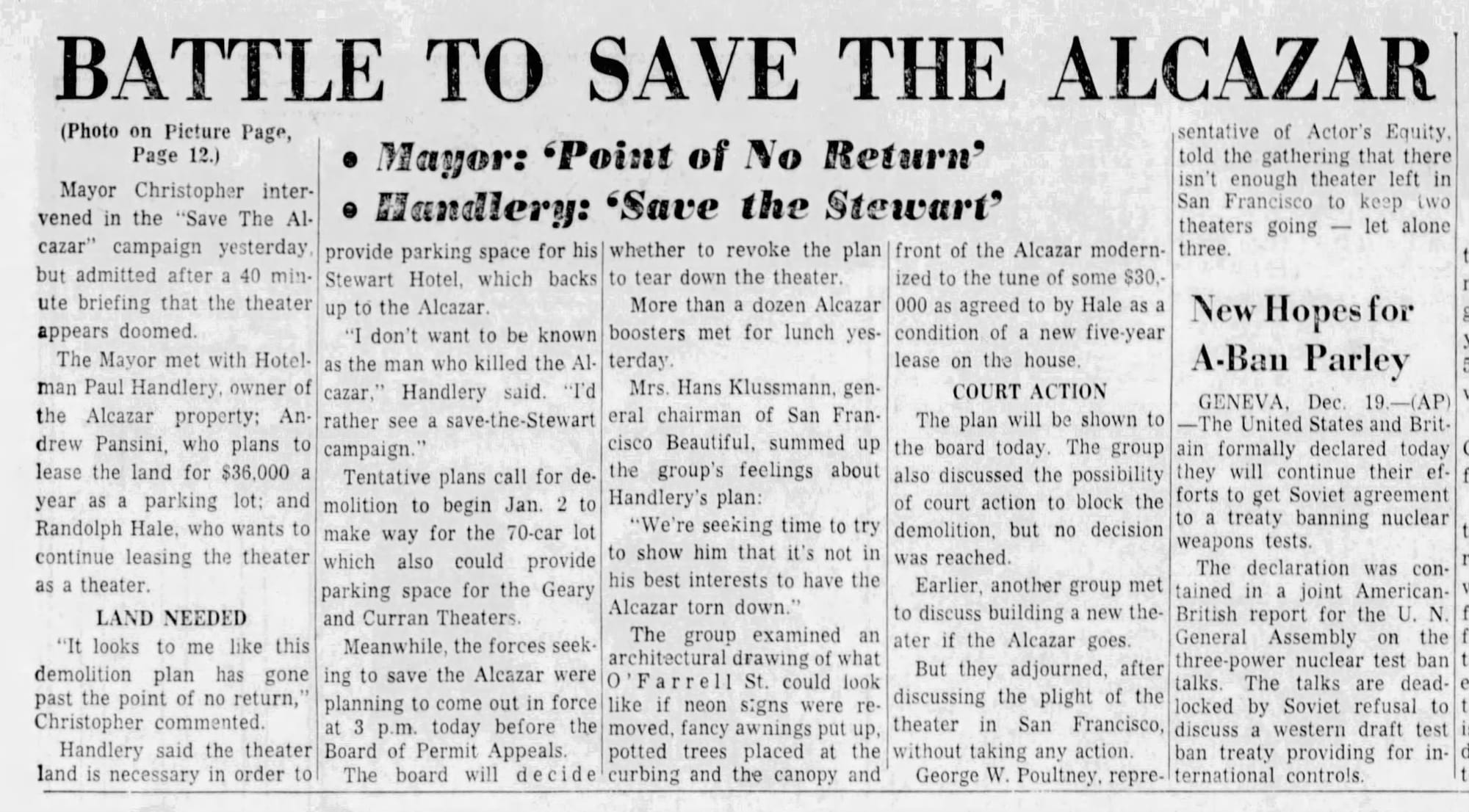
1955 offer for the Alcazar Theater from Handlery | 1961 articles about its potential demolition and the failed preservation fight
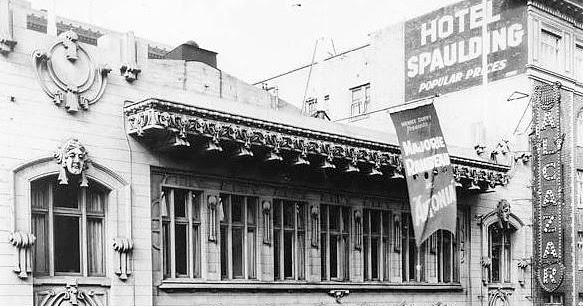
Other buildings designed by the firm of Cunningham & Politeo include the Bancroft Building (725 Market St), the Schroth Building (240 Stockton), and the Hotel Richelieu (1066 Van Ness Avenue), the Hotel George (198 5th Street), etc.
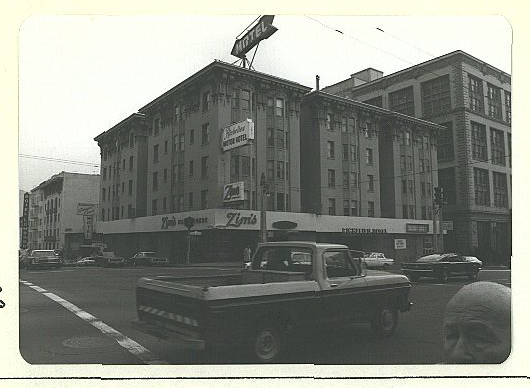
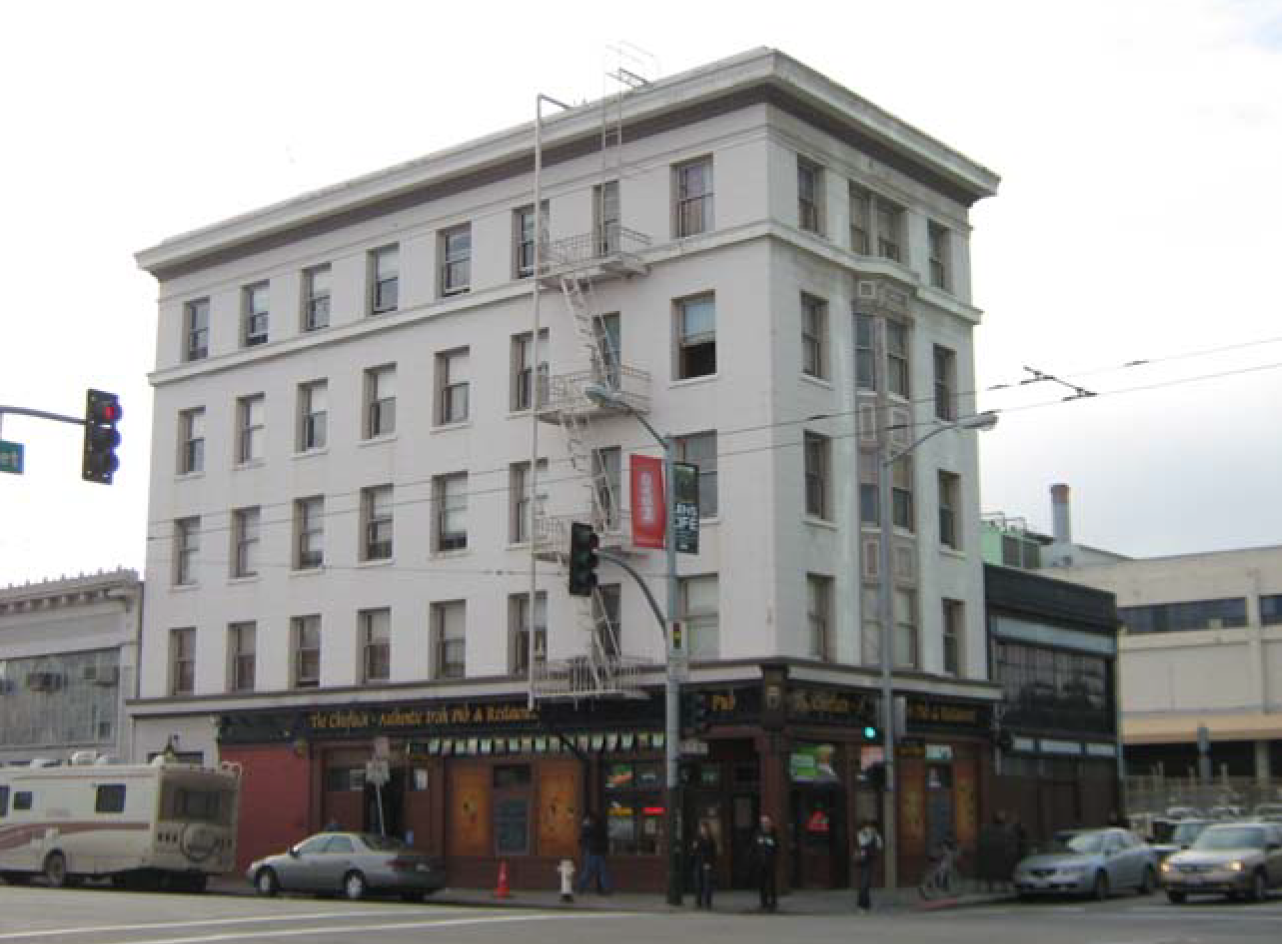
Hotel Richelieu, 1976 survey photo, San Francisco Department of City Planning | Hotel George, 2008 survey photo, Eastern Neighborhoods SOMA Survey
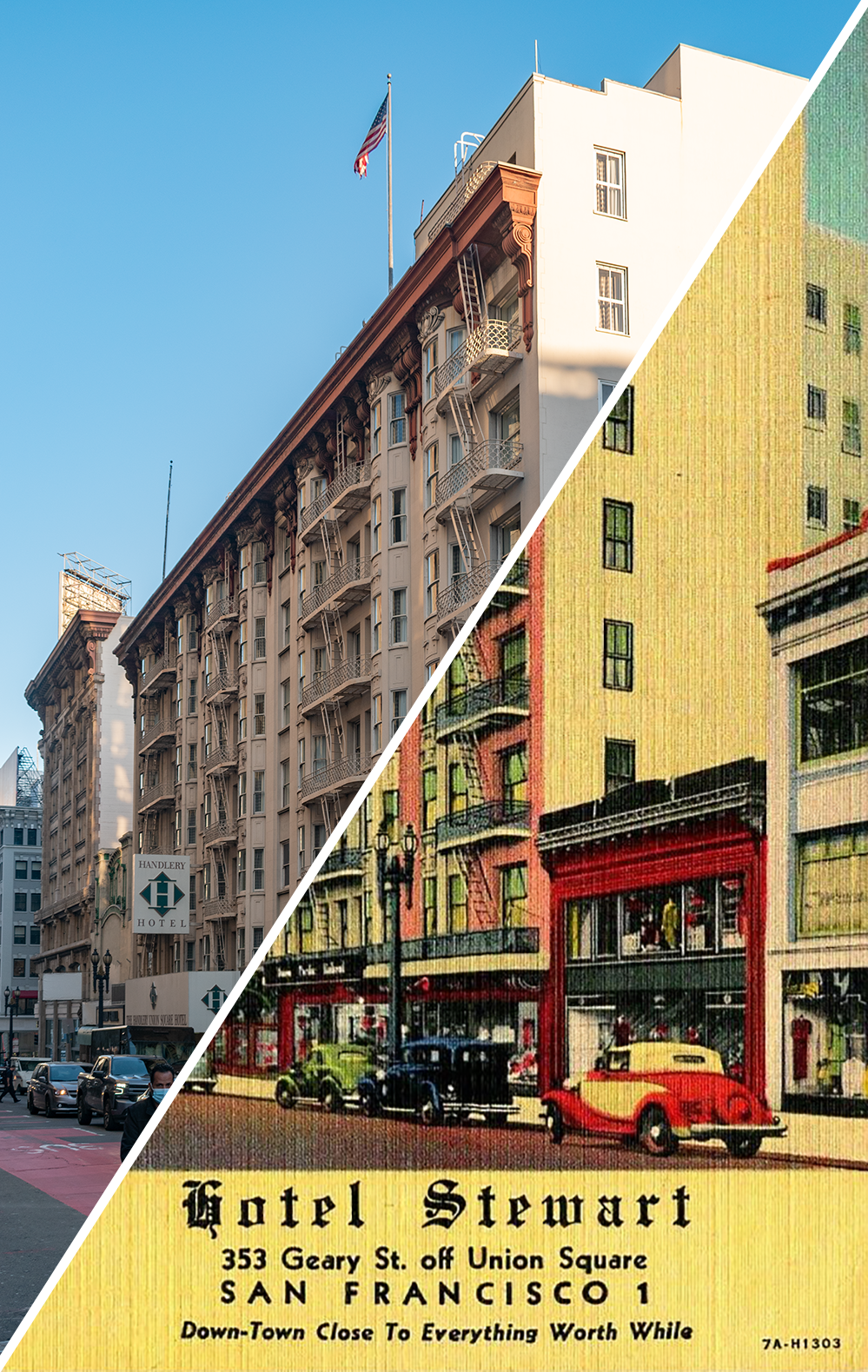



Member discussion: